Exploring material reuse in the Northern Rivers

Project
Research
Exhibition
Waste and the Circular Economy
In August 2023, we convened a think tank to explore Waste and the Circular Economy in the context of disaster recovery and reconstruction. Together a group of local and national experts — from University of Technology Sydney (UTS), Southern Cross University, NSW Public Works, Business NSW and the NSW Reconstruction Authority (then the Northern Rivers Reconstruction Authority) — looked at how we best approach waste management and the development of circular economy approaches in the massive reconstruction efforts ahead.
A pilot project emerged
The Circular Timber pilot project emerged from this initiative, addressing community concerns about old growth hardwood timbers in houses facing demolition under the Resilient Homes Program. These buildings, containing generations of local stories and irreplaceable hardwoods, deserved better than landfill.
Bringing together local timber suppliers, makers, builders, architects, artists, and business owners we have explored ways to repurpose these materials into useful products for the community.

Learning from deconstruction
Working with the NSW Reconstruction Authority and their demolition contractor TCDE, we piloted selective deconstruction at 125 and 127 Tweed Street, North Lismore. Our target , of course, was the hardwood timber that was used for the structure, framing, flooring, walls, ceilings and exterior siding. This timber has been made available to group of makers from across the Northern Rivers to design and create objects that will feature in our exhibition 'Circular Timber: From Salvage to Showcase'.
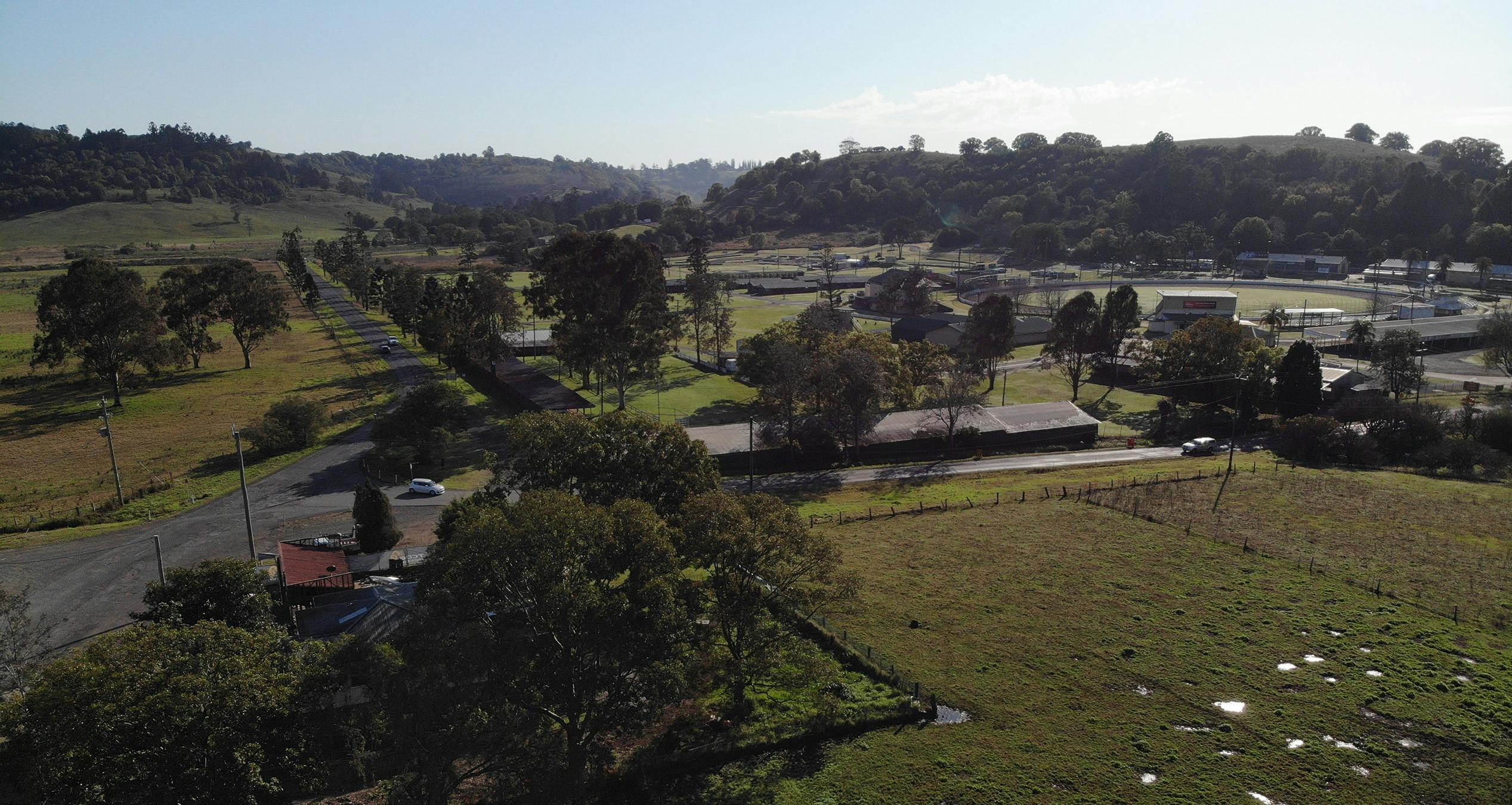
Location of the deconstructed houses in Tweed Street, North Lismore. Image by Kurt Petersen.
Deconstruction of buildings
We worked with the NSW Reconstruction Authority and their demolition contractor TCDE to pilot the selective deconstruction approach at the buildings at 125 and 127 Tweed Street, North Lismore.
With the assistance of Kris Gardner from Big Scrub Salvage, project researchers Berto Pandolfo and Angelique Milojevic inspected two partially deconstructed houses and identified premium hardwood timbers including Ironbark, Bloodwood, Rosewood, Teal, Tallowwood and Blackbutt.
Below is a selection of images of these houses.
Images by Kurt Petersen.
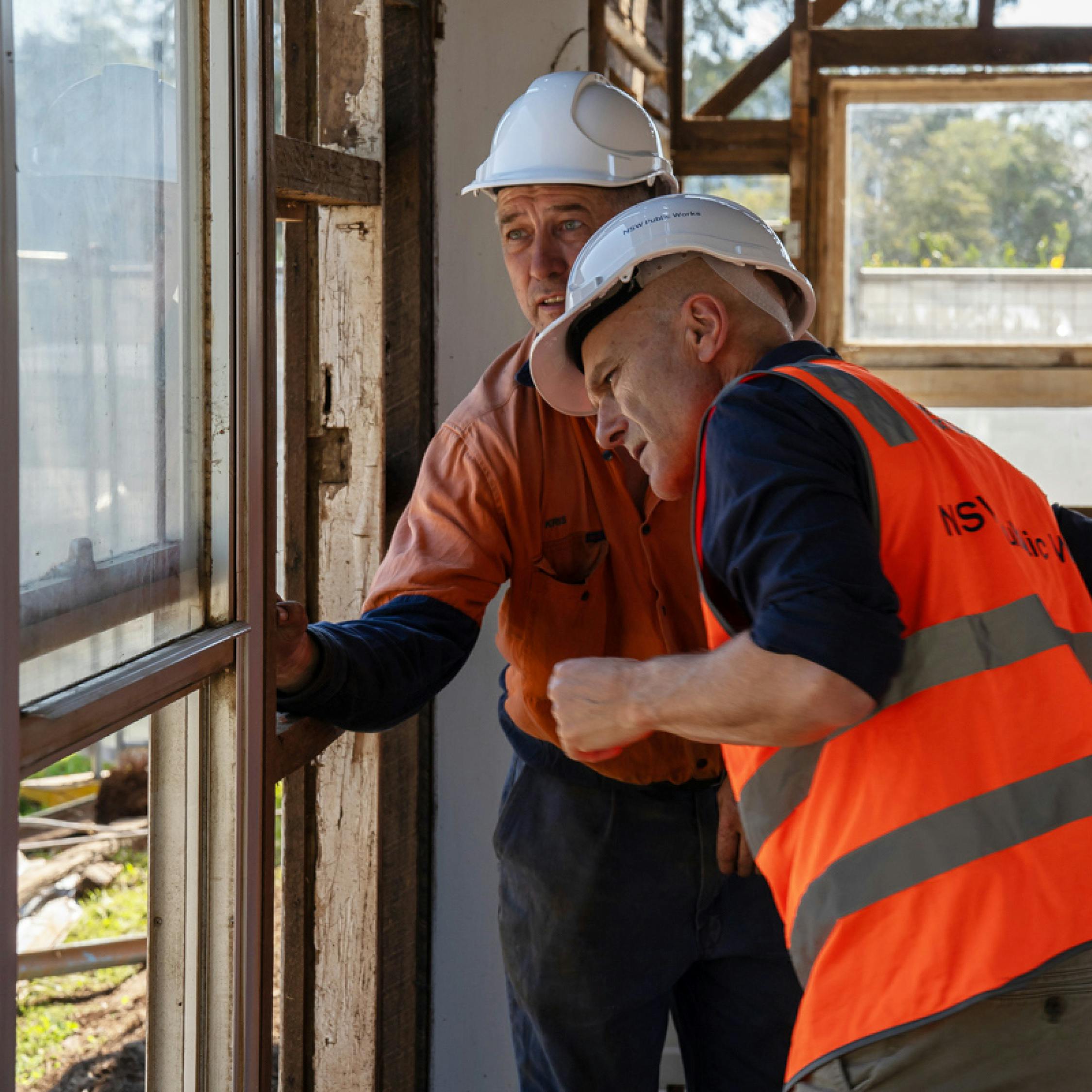
Kris Gardener and Berto Pandolfo inspecting timbers during the deconstruction process.

Hardwood timbers including Ironbark, Bloodwood, Rosewood, Teal, Tallowwood and Blackbutt were identified during the site visit.
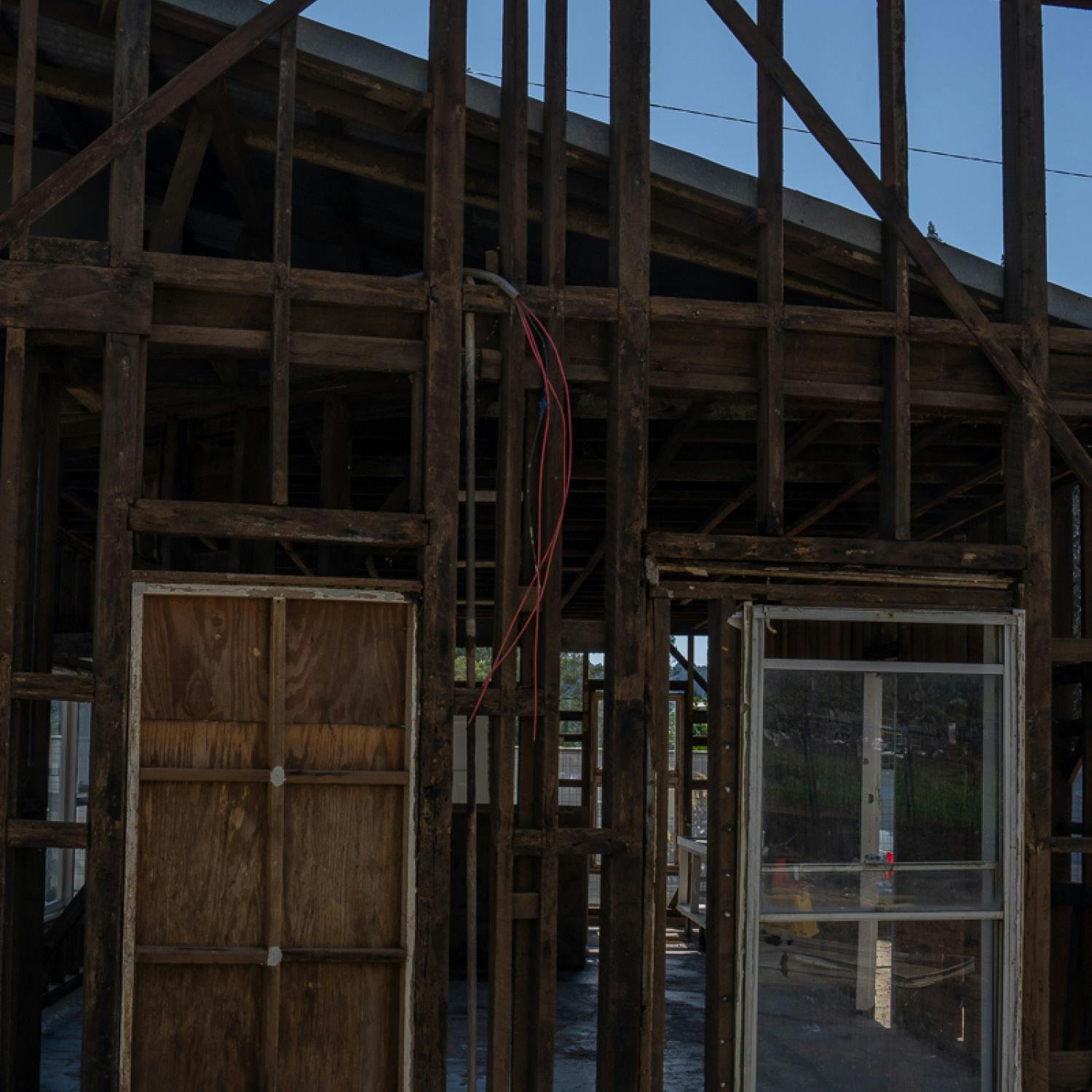
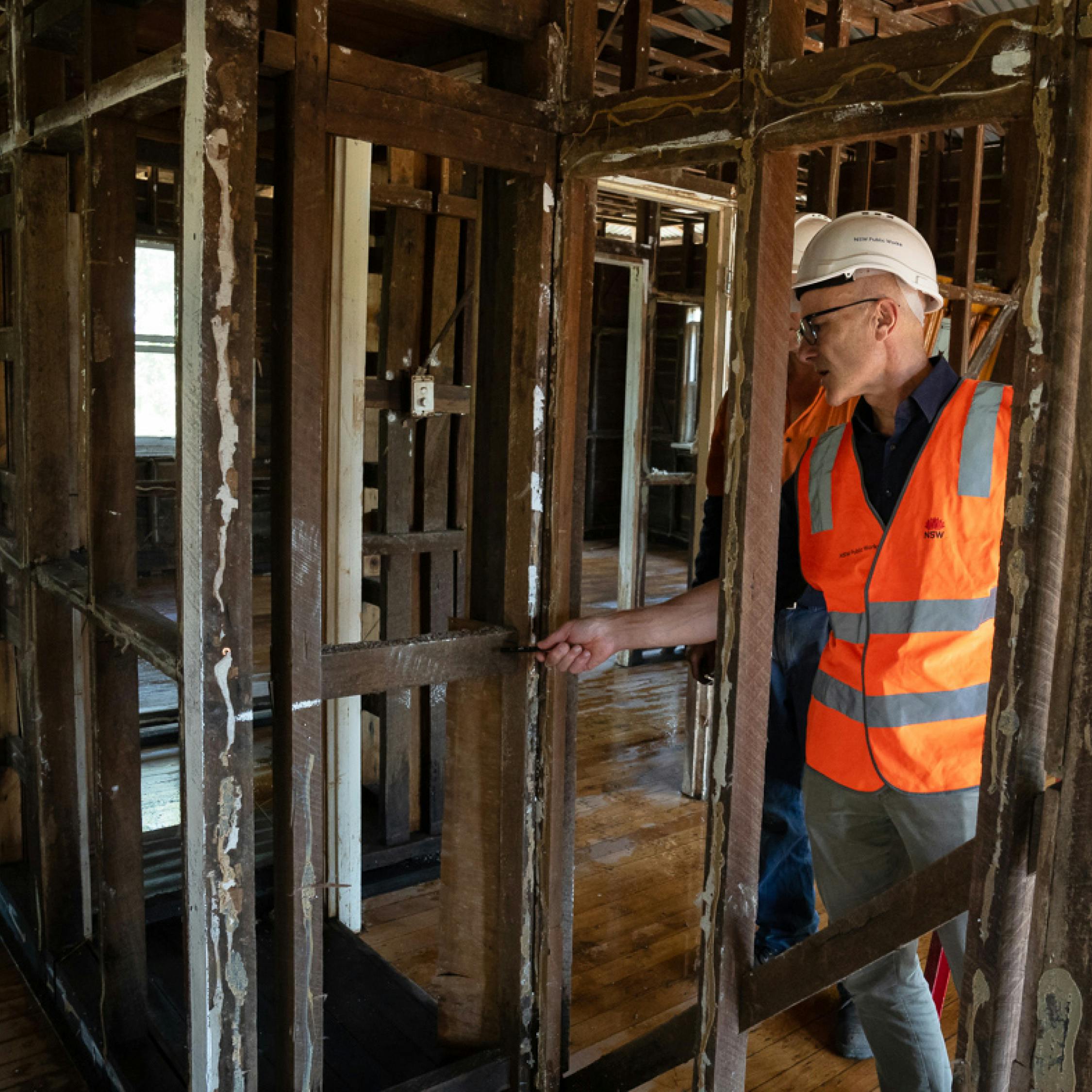
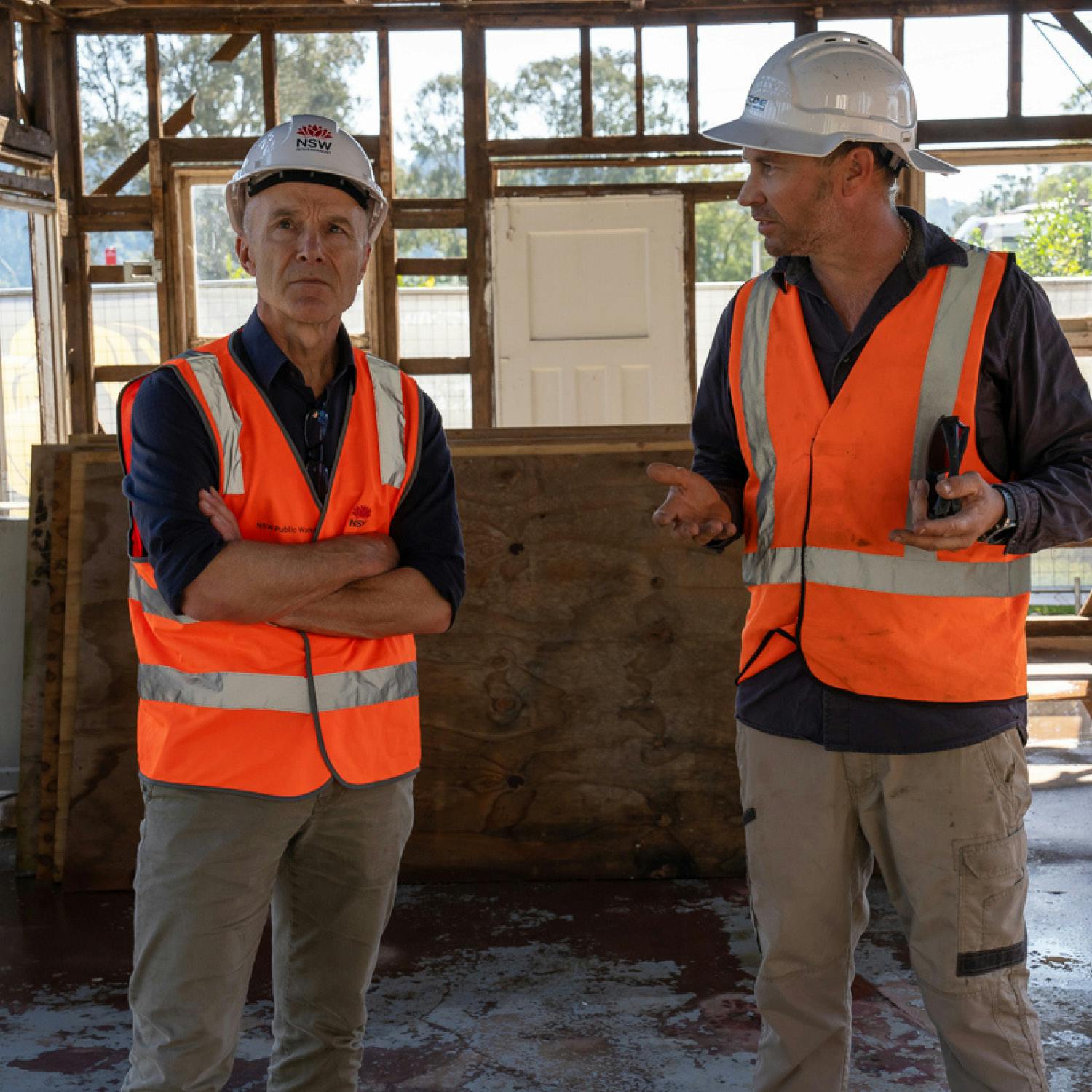
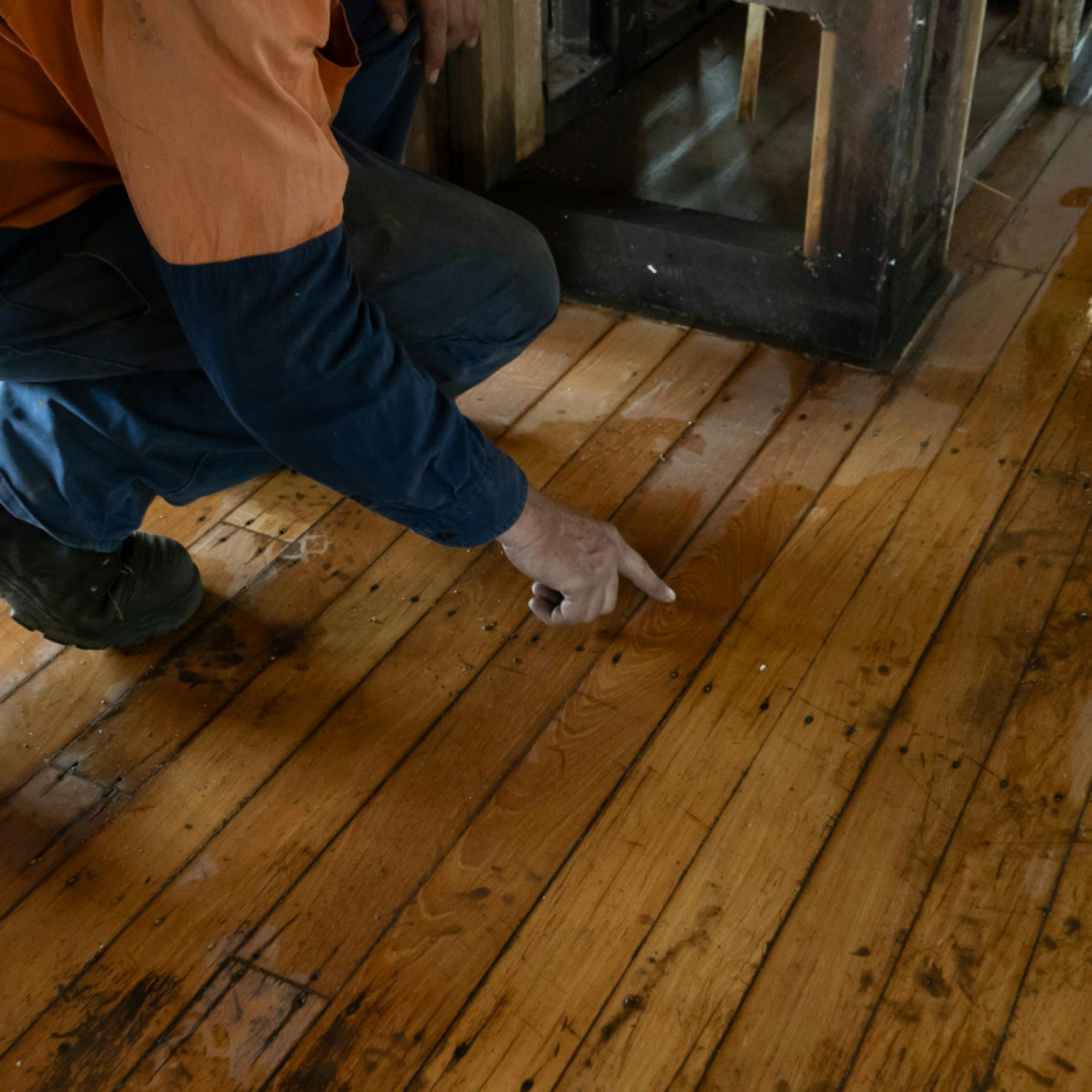
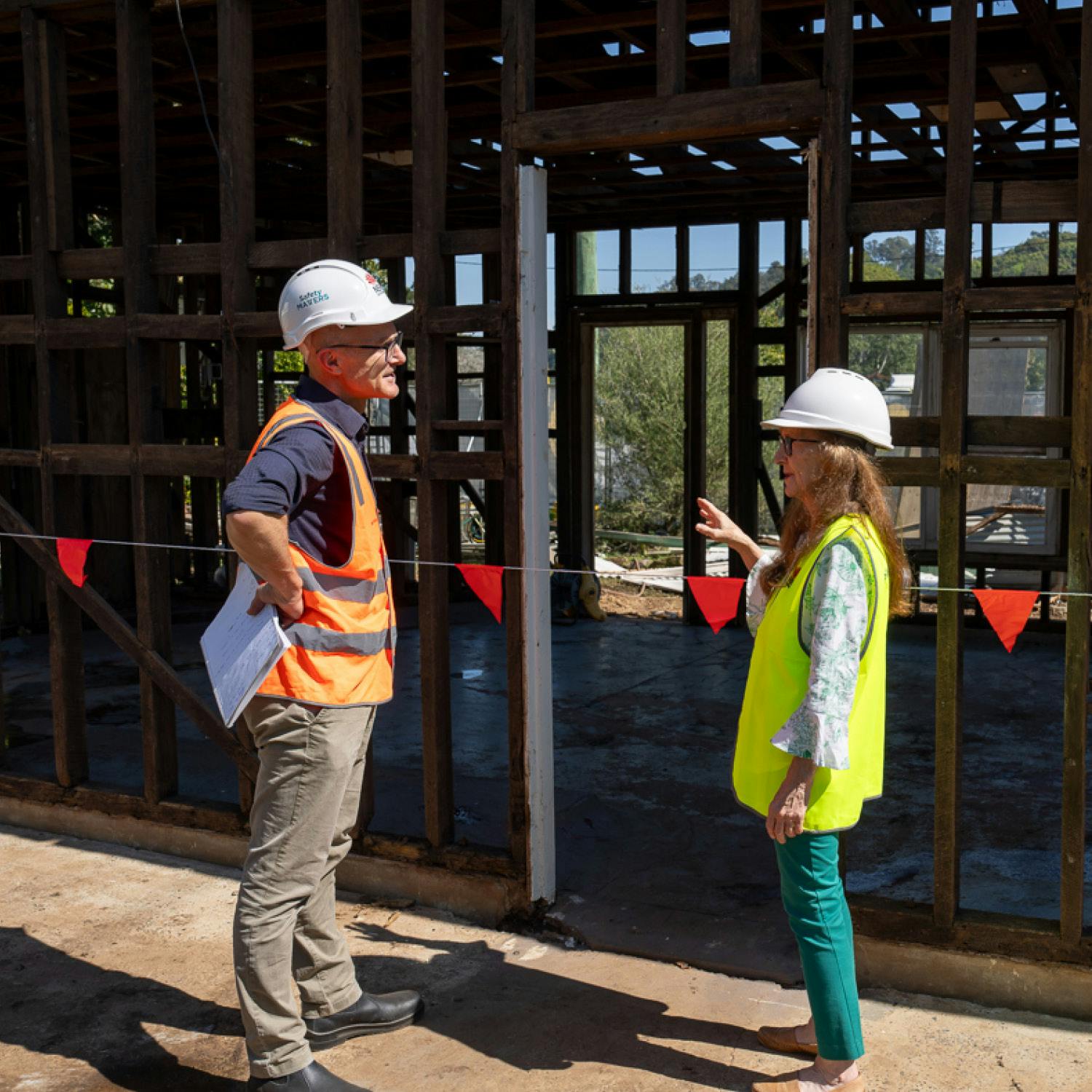
NSW Minister for Recovery Janelle Saffin, with UTS Researcher Berto Pandolfo, onsite at 125-127 Tweed Street North Lismore.
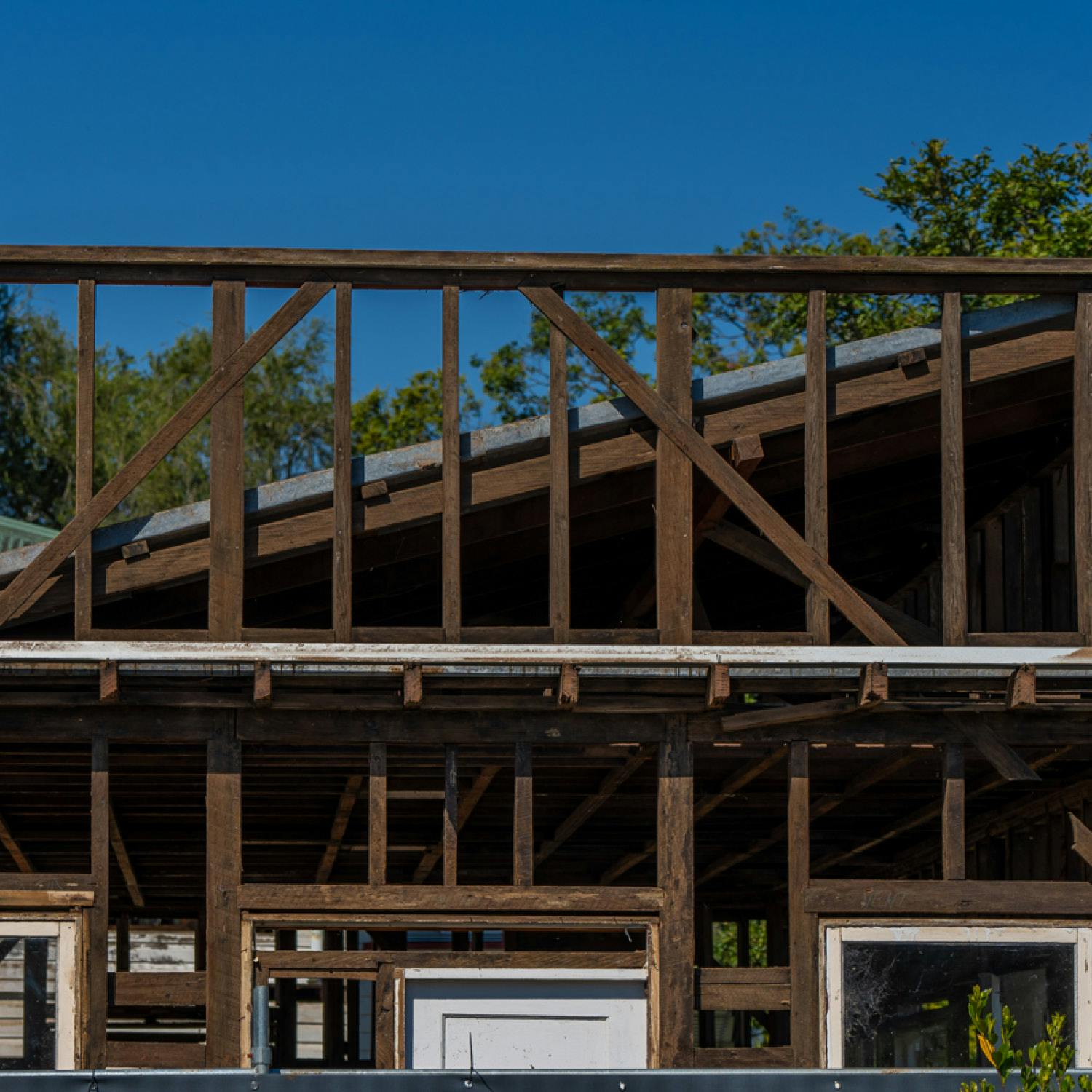
Co-design workshop
In August 2024, a group of local timber suppliers, makers, builders, architects, artists, and business owners came together to share ideas, challenges and feasibility of using reclaimed timber from buyback homes to create new objects.
Below is a selection of images of participants and their ideas captured at this workshop.
Images by Living Lab Northern Rivers.
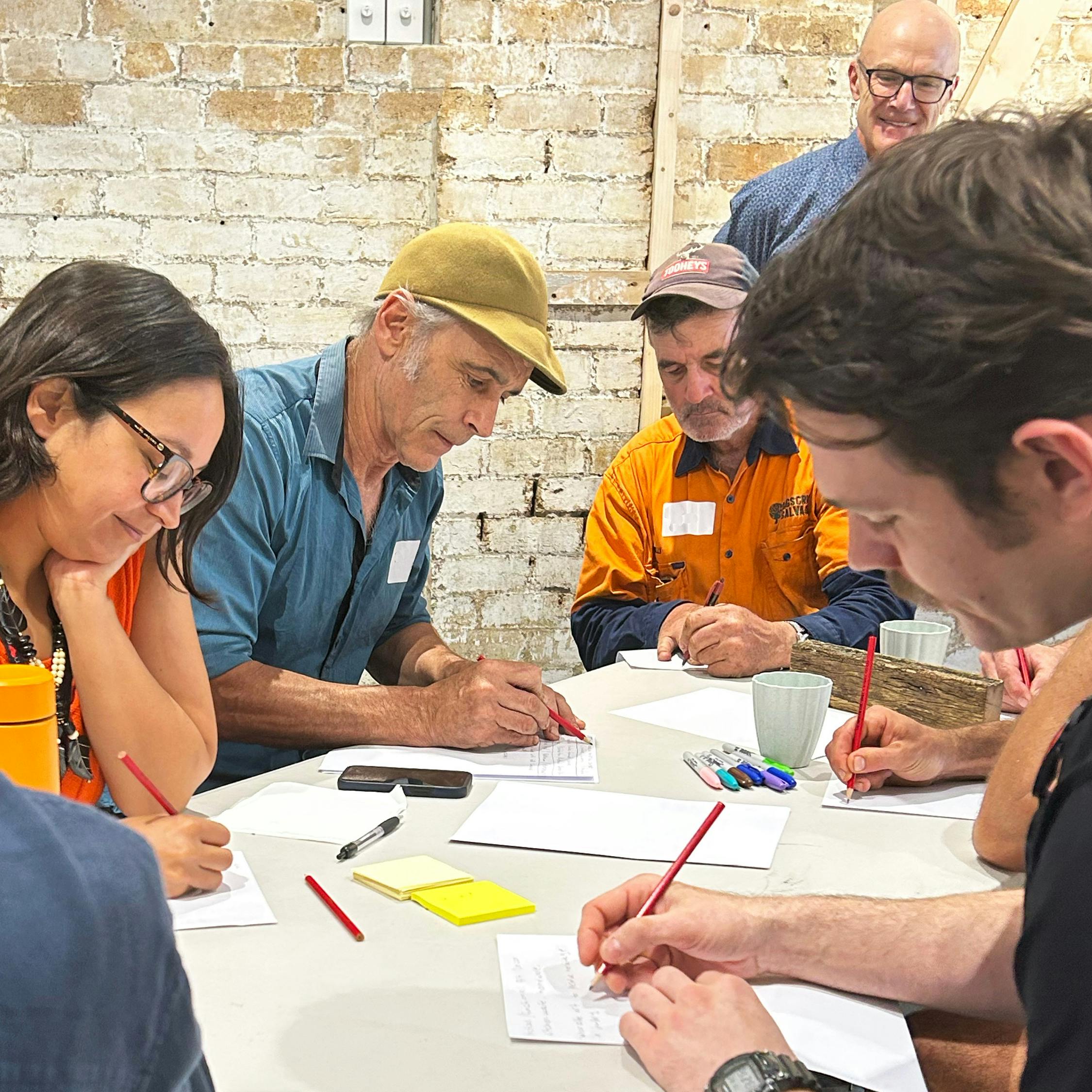
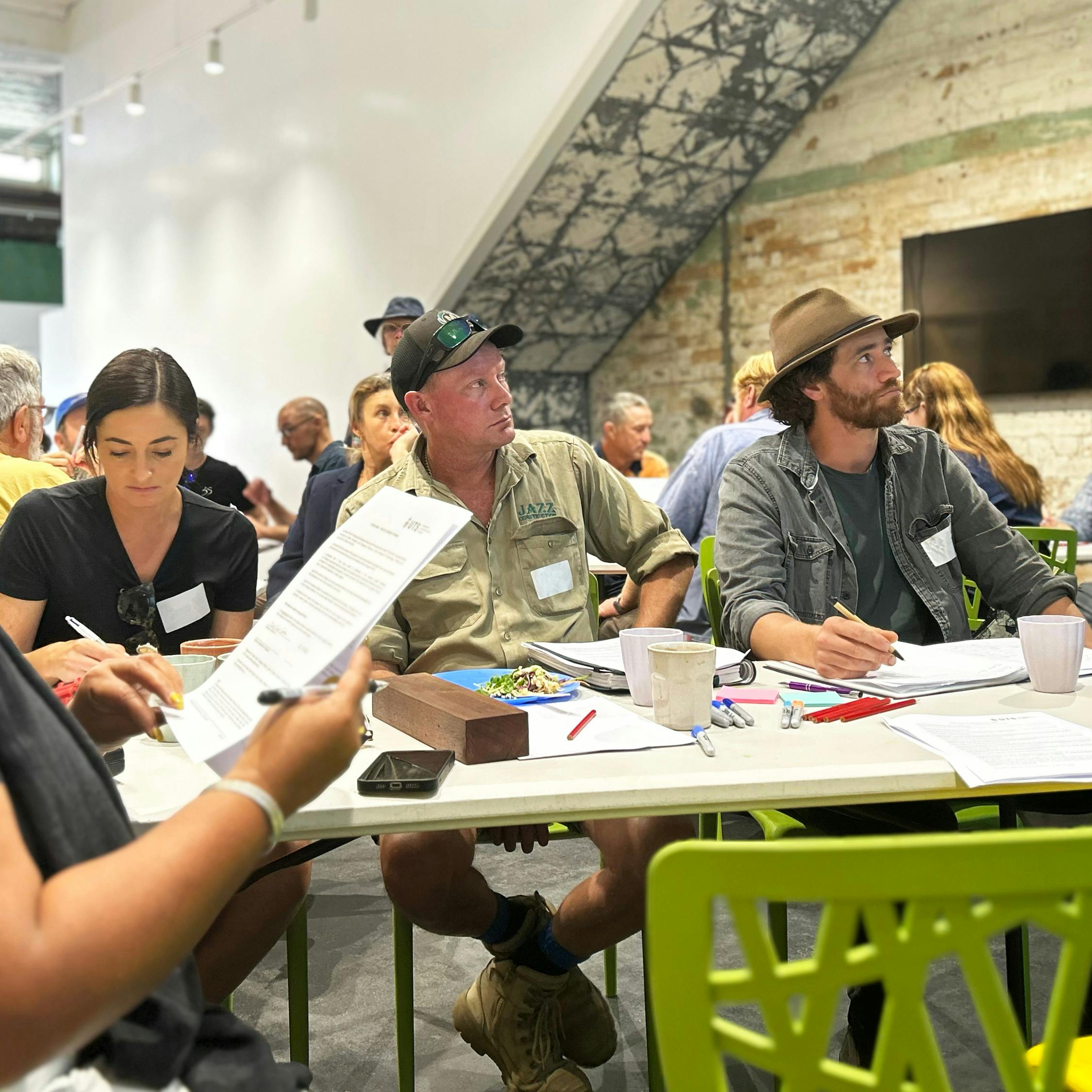
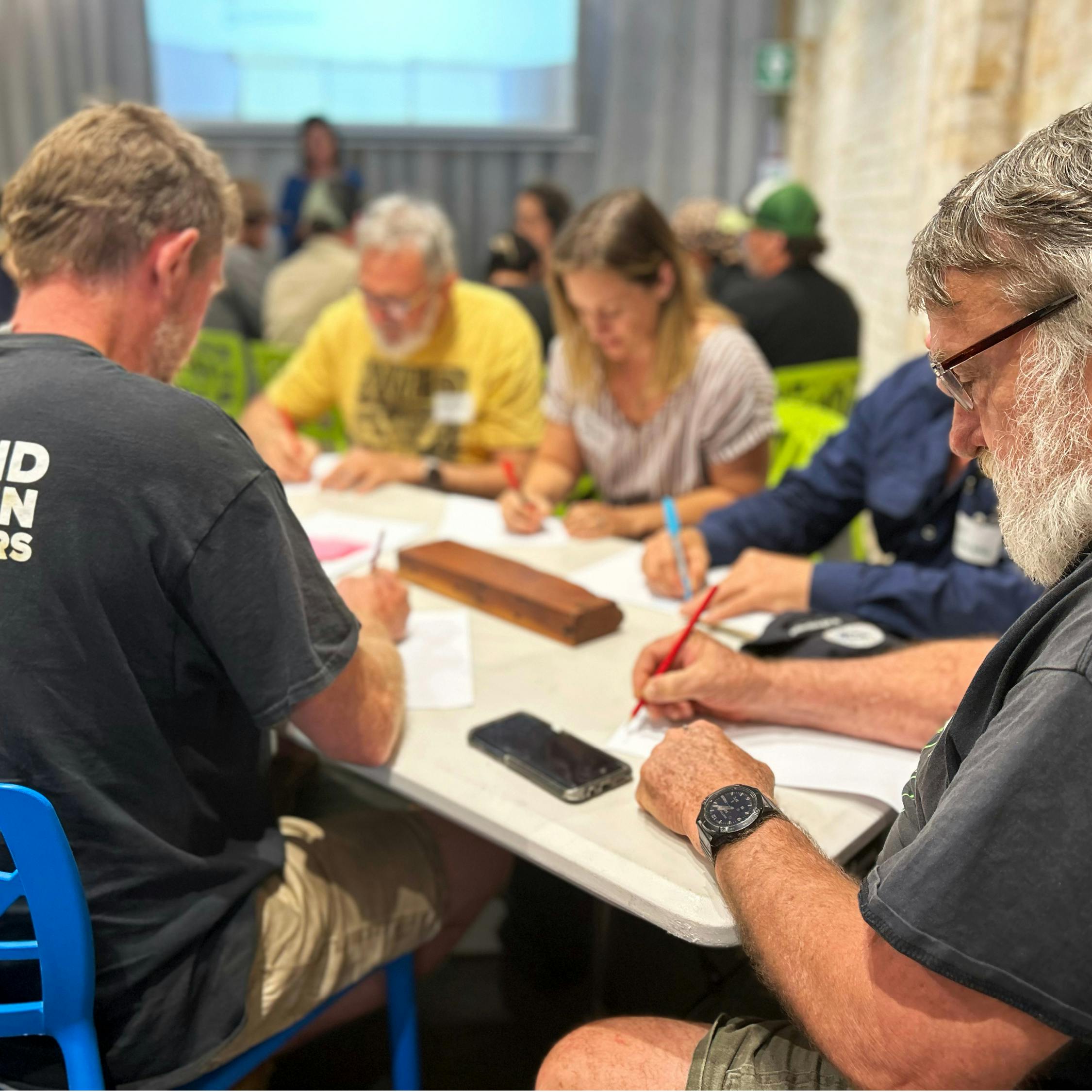
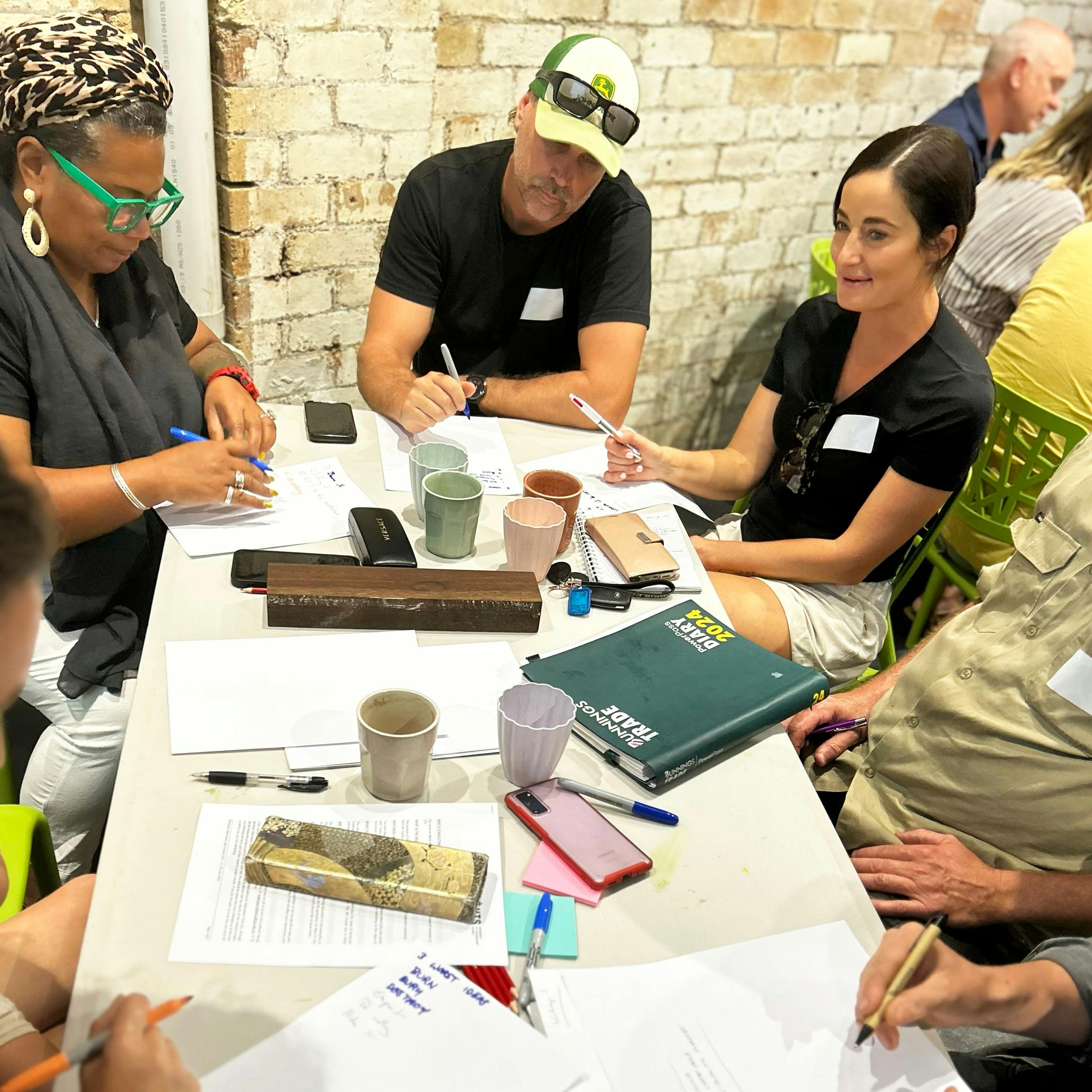
An exhibition showcasing the objects
'Circular Timber: From Salvage to Showcase' reveals how timber from houses in the NSW Reconstruction Authority Resilient Homes program can be reclaimed, reimagined and given new purpose.
This exhibition showcases objects crafted by local makers using salvaged wood from two North Lismore buyback properties, celebrating the cultural and material value of reclaimed timber. Through historical context, real-world examples, and practical insights, we demonstrate how we can move beyond demolition toward sustainable reuse here in the Northern Rivers.
10 Apr—29 May 25
Tue to Thu, 1—4pm
Living Lab Northern Rivers shopfront
11 Woodlark Street, Lismore
Learn more.
Research team
Berto Pandolfo
Berto is an industrial design academic and practitioner. His research spans the meaning and complexity associated with objects and how objects are made, the strategic value of design-led innovation for manufacturing SMEs, and the use of materials and processes towards a more sustainable object-making practice. He has a particular interest in local and small batch production. Berto has contributed to numerous research-based, university-industry collaborations that have delivered high quality design solutions back into industry.
Angelique Milojevic
Angelique is a multidisciplinary designer with over 20 years of experience in diverse design modalities such as web design, architecture, business design and consulting, and strategic design. Her career includes working on multimillion-dollar projects for government initiatives, property developers, and renowned architects, collaborating with diverse teams and stakeholders. Additionally, she is a published author, featuring interviews with prominent Australian entrepreneurs.
Angelique holds a Master of Design, Gradate Diploma in Design Science, Bachelor of Design (Product Design) and Diploma of Innovation.
